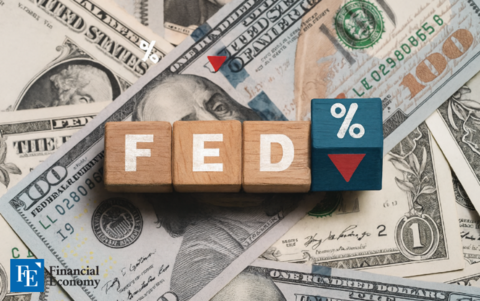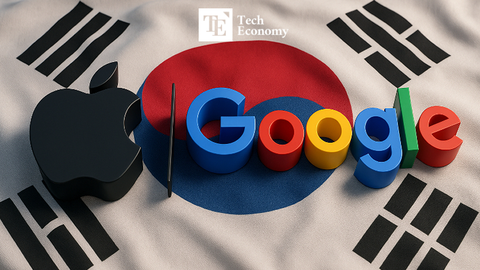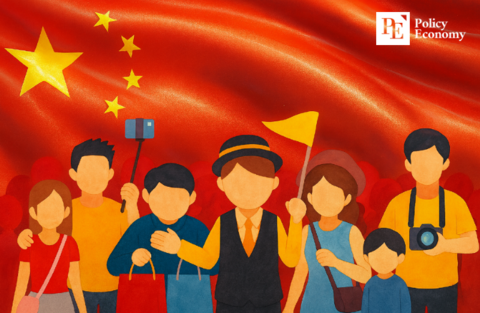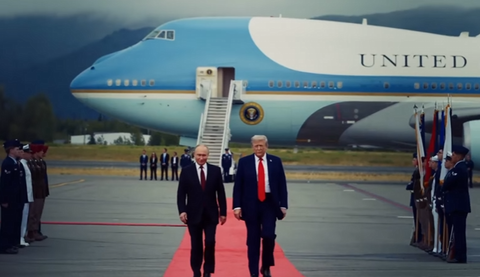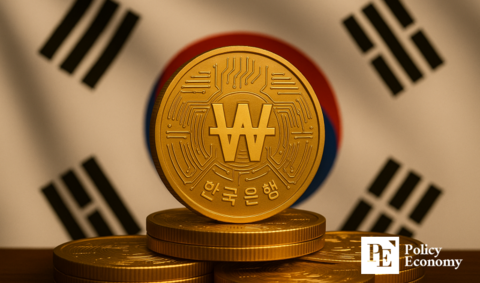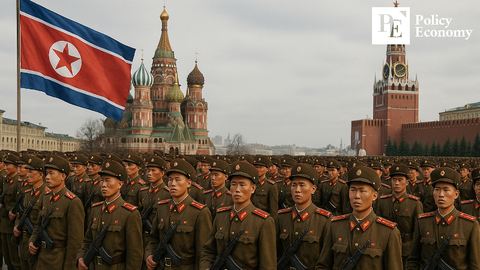Trade at War: How Trump's Tariffs Are Redrawing the Global Economic Map
Input
Changed
Brussels Fights Back: Europe’s Strategic Retaliation Asia Reconsiders: A Quiet Realignment in the East Canada Tilts West: A Diplomatic Pivot Across the Atlantic
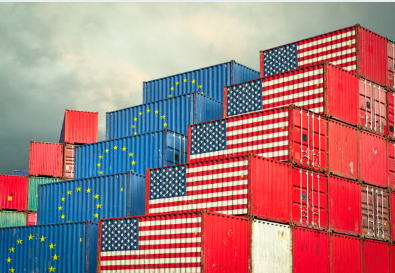
Brussels Fights Back: Europe’s Strategic Retaliation
The sun had barely risen over Brussels when Ursula von der Leyen, President of the European Commission, stepped up to the podium at the EU-Central Asia Summit in Samarkand. Her expression was solemn, her voice steeled with urgency. “Let’s be clear-eyed about the immense consequences,” she warned, addressing a crowd that already knew the gravity of what had transpired hours earlier. “The global economy will massively suffer.”
She was responding to what the world had only just begun to process: President Donald Trump’s declaration of a sweeping new tariff regime. In a bold stroke, Trump had signed off on a “reciprocal tariff” policy—an aggressive trade doctrine that immediately slapped 20% levies on all goods imported from the European Union. But that wasn’t all. The policy targeted over 180 countries and territories, from economic powerhouses to small developing nations. It was, by any measure, a seismic shift in international trade relations.
For Europe, the announcement was nothing short of an economic blitz. The European Union had long been one of the United States’ closest trading partners—indeed, in 2024, the EU was the largest single market for American exports, eclipsing even neighbors like Canada and Mexico. From German pharmaceuticals and French wine to Italian cars and Irish software, the volume and diversity of trade between the two blocs were unmatched.
Now, that delicate ecosystem was under threat.
Standing firm, von der Leyen didn’t merely express regret—she issued a call to arms. The European Commission, she revealed, was finalizing a first wave of countermeasures. Retaliatory tariffs were already in motion, targeting €26 billion (approximately $28 billion) worth of American goods: bourbon, motorbikes, boats, and more. But that would only be the beginning. New tariffs, she explained, would soon expand to cover industrial-grade steel and aluminum, along with machinery parts, leather goods, home appliances—even knitting needles.
The first shots had been fired. Europe was returning fire.
Still, von der Leyen made it clear that this was not the fight the EU wanted. “It is not too late to address concerns through negotiations,” she said. She called for diplomacy. Dialogue. Sanity. But she also made a promise: “We are prepared to respond.”
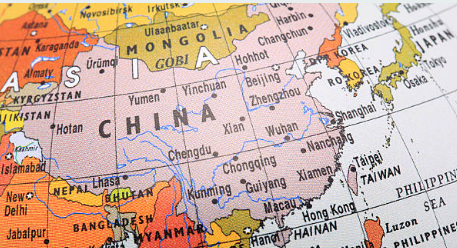
Asia Reconsiders: A Quiet Realignment in the East
Far away in Seoul, South Korea, a different but equally consequential meeting was underway. For the first time in five years, the economic and trade ministers of China, Japan, and South Korea had gathered for trilateral discussions. On paper, the meeting was about regional integration and economic cooperation. But in reality, it had been galvanized by the same event that had rattled Brussels: Trump’s tariffs.
Chinese state broadcaster CCTV was quick to report that the three nations had agreed to a “joint response” to U.S. tariffs, pledging stronger supply chain coordination and a united front against protectionist policies. The optics were powerful—Asia’s three largest economies, once divided by centuries of history and diplomacy, now seemingly standing together in economic solidarity.
But behind the headlines, the narrative was more nuanced. Japanese and South Korean officials were far more cautious, refraining from confirming any formal pact with Beijing. They were eager to keep communication open but careful not to alienate Washington, their long-standing ally and security guarantor.
Still, the fact that the meeting occurred at all—and that Trump’s tariffs were a central topic—signaled something profound. America’s bold economic unilateralism was compelling other nations to reassess their alignments, even in regions where rivalry, not unity, was the norm.
In Beijing, Tokyo, and Seoul, conversations were changing. Diplomacy was shifting. And the world was watching.

Canada Tilts West: A Diplomatic Pivot Across the Atlantic
Back across the Atlantic, another shift was quietly taking shape. In March, Canadian Prime Minister Mark Carney made a bold diplomatic choice: he would travel to Europe before visiting the United States. His destinations? France and the United Kingdom.
For Carney, it wasn’t just about trade—it was about identity and strategic reorientation. Standing on European soil, he declared that “Canada is the most European of non-European countries.” The statement drew nods of approval from French and British officials, but more importantly, it reflected a growing sentiment among Canadian policymakers: the United States, under Trump, had become too unpredictable to rely on.
Le Monde described the visit as both symbolic and strategic. Canada was seeking closer cultural, political, and economic ties with Europe, signaling a shift in the traditional North American power triangle. The Canada-EU relationship, anchored by agreements like CETA, was no longer a quiet side note to U.S.-Canadian trade—it was quickly becoming a central pillar of Canadian foreign policy.
Trump’s tariffs had done more than provoke economic retaliation. They had reshaped alliances.
And not just in Canada. All around the world, governments were quietly reevaluating their dependency on U.S. markets. If America was going to pull inward, others would have to look outward—to one another—for stability, growth, and cooperation.
In Brussels, the countermeasures were being prepared with methodical precision. European Trade Commissioner Maros Sefcovic posted a statement on X (formerly Twitter), noting that the EU would not act rashly, but it would not stand idle either. He planned to speak with U.S. trade officials that Friday, attempting to open a window for negotiation before the doors slammed shut.
The pressure was mounting across Europe’s key industries. Steel and aluminum producers braced for steep export losses. Pharmaceutical firms scrambled to reassess pricing models. Automakers, already battered by global chip shortages and energy volatility, prepared for yet another logistical nightmare. Supply chains, already stretched, were now cracking under the weight of uncertainty.
Meanwhile, von der Leyen continued to strike a delicate balance. In one breath, she admitted that the global trading system had “serious deficiencies” and that some countries were indeed taking unfair advantage. In the next, she issued a stark warning: “Reaching for tariffs as your first and last tool will not fix it.”
Her tone shifted to one of unity and resilience. “If you take on one of us,” she said to the crowd in Samarkand, “you take on all of us.” Europe, she reminded the world, would stand together.
As April approached, the pieces of a new global trade order were beginning to fall into place—not through treaties or multilateral negotiations, but through conflict and countermeasure. What had once been an interconnected web of alliances, shaped by decades of cooperation, was now being rewoven with the sharp threads of economic nationalism.
From the EU’s chambers to Asia’s conference tables and Canada’s quiet diplomatic pivot, nations were responding—not always in unison, but always with resolve. Trump’s tariffs may have been unilateral in design, but their effects were universal, setting off chain reactions that would define the decade to come.
The world was no longer merely reacting to U.S. policy. It was adapting, reorganizing, and in some cases, resisting.
In Brussels, Seoul, and Ottawa, leaders were no longer asking what the United States would do next. They were asking what they themselves must do now.
Because the global economic map was being redrawn—not in ink, but in steel, bourbon, semiconductors, and strategy.
And though Trump may have held the pen, it would be the world that wrote the next chapter.


